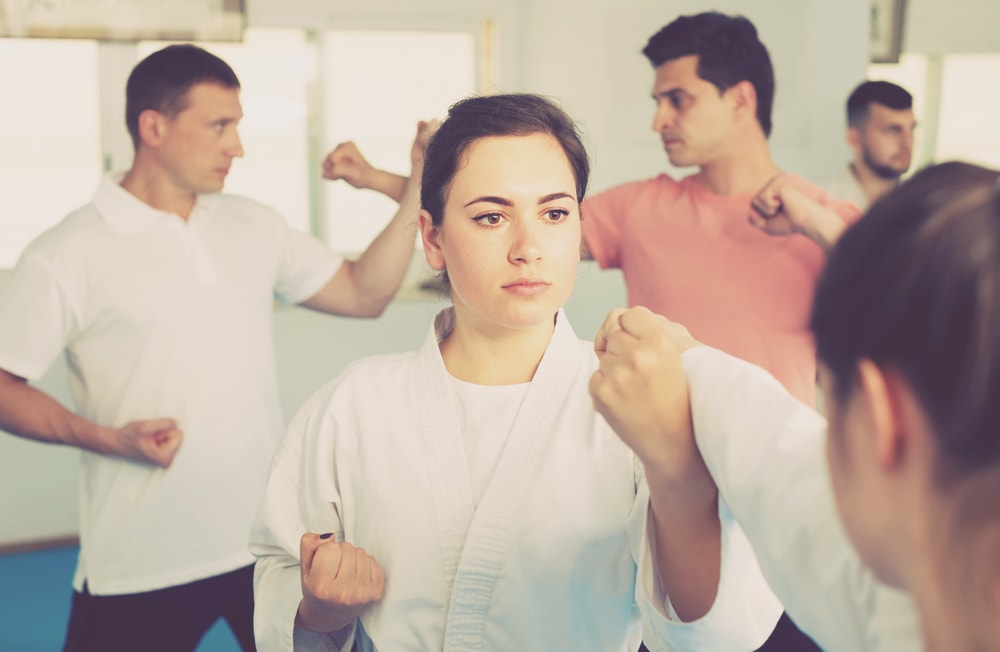While we hope none of us need to use self-defence moves, knowing how to deal with a situation where we might can make us feel more confident and self-assured
What is the art of self-defence? Many people think of it as a karate kick to the groin or a jab in the eye of an attacker. And, in some instances, this is true. In fact, according to The Times, there’s been a surge in applications for martial arts classes. As a nation, we’re expressing an interest in learning how to protect ourselves.
But, the truth is there’s more to self-defence than merely knowing a few physical moves. And the most effective form of self-defence is doing everything possible to avoid fighting. It’s about using the power of your mind – not your fists.

Knowing how to avoid danger can be reassuring. But, we can’t stop ourselves from enjoying life. We can’t live life feeling frightened. So, if you find yourself walking home from the pub in the dark, or running through the woods at the weekend, knowing some key moves can act as a confidence-booster. Feeling confident in your ability to protect yourself can help to empower you in everyday life, too; nothing’s going to hold you back.
We hope you’re never in a situation where you need to fight back, but if you are, you shouldn’t be afraid to. Here are four simple self-defence tips to help improve your confidence every day:
Don’t put yourself in danger
Prevention is the best form of self-defence. Be sure you always follow general safety tips: be aware of your surroundings; only walk and park in well-lit areas; have your keys in reach as you approach your door or car.
Attackers will look for vulnerable targets, so try to notice the way you hold yourself and move your body. Do you look timid? Nervous? An easy target?
Walk with your head up and shoulders back. Make eye contact with people you pass, instead of looking at your phone or at the ground. You’ll feel and look more confident – and this will change how a potential attacker sees you. It also lets potential attackers know you could identify them, if necessary.

Talk the talk
Apart from avoiding confrontation, try to defuse a situation before it gets dangerous. If you can sense a situation is about to get heated, try talking the person down. If there’s something they want – money, your phone – hand it over. Nothing you own is worth more than your safety.
But, if an attacker touches you (or it’s clear that escape isn’t possible), shout loudly: “BACK OFF!” or “DON’T TOUCH ME!” This does two things: it signals for help, and lets the attacker see you’re not an easy target.
Hit where it hurts
If you need to apply force, aim for the parts of the body where you can easily do the most damage: the face (eyes, nose, ears, neck) and the lower body (groin and knees).
Depending on the position of the attacker and how close they are will determine where you strike them. Remember, do not step in closer to hit them. Don’t put yourself in any further danger, or give them an opportunity to take hold of you.

Escape a choke hold
If your attacker is able to grab you and starts to choke you, it’s normal to instinctively reach for your neck. But, trying to pull their hands away will be hard – especially if you’re smaller than them.
Instead, focus all your energy on getting hold of their thumbs. Use your hands as hooks in a “C” shape to prize their thumbs away. This will make it harder for them to maintain their hold on you, giving you time to try to get away.


Comments